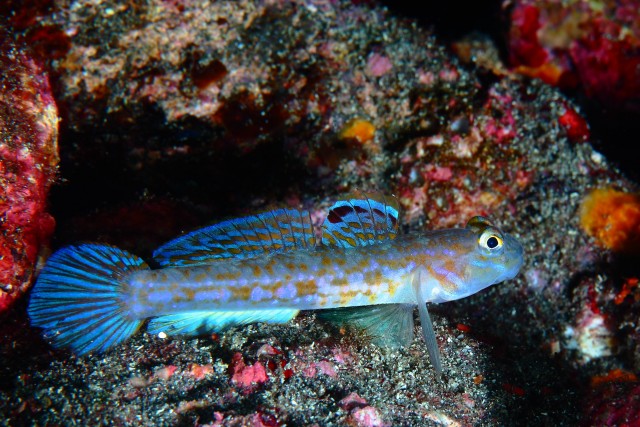In our last article, “A Closer Look At Sleeper Gobies, Genus Valenciennea”, we covered the diet, care and behavior of the 15 recognized species of Valenciennea gobies. Today we look at another genus of sand sifting gobies known as, Istigobious. Istigobius is a genus of gobies found in fresh, brackish and marine waters along the coasts of the Indian and western Pacific oceans.
Istigobius was described originally as a subgenus of the genus Gobius (Whitley, 1932; Murdy and Hoese, 1985) and then in 1979, Hoese and Winterbottom reviewed the family and subsequently elevated Istigobius to generic status. Similar to Acentrogobius, Istigobius’s morphology differs by having its nose extend beyond the top of its mandible (lower jaw). Additionally, Istigobius was found to be most closely related to Exyrias, though Exyrias was noted to have “fully scaled cheeks and operculae (hard bony flap covering and protecting the gills),” while these features are lacking in all Istigobius.
To date 10 species of Istigobius have been identified. Physical differences can be found in color, shape, size, and structure. Sexual dimorphism is prominent in the species and may be observed in the genital papilla which is a small tube behind the anus from which the sperm or eggs are released. Although all species of Gobiidae have this physical characteristic, the genital papilla is more pronounced in Istigobius than in other Gobiidae species.










0 Comments